70以上 be verb simple present tense 202653-Verb simple present tense examples
12 tenses (be) past present future;To be Positive Sentences & Contractions To be negative forms and contractions The verb to be yes / no questions The verb to be Information questions Learn More Present Continuous Tense when to use;How to use special verbs in the Simple Present 1 be as a main verb Pronouns Affirmative sentence Negative sentence Question;

Use Simple Present Tense Of Verbs In Sentences Melc Based Youtube
Verb simple present tense examples
Verb simple present tense examples-English action and state verbs; Note that even in the indicative—or simple—present tense, the verb changes in the first, second, and thirdperson uses To Be Present Perfect The present perfect , formed by combining has or have with a past participle —usually a verb ending in d, ed , or n— indicates actions or events that have been completed or have happened in the present
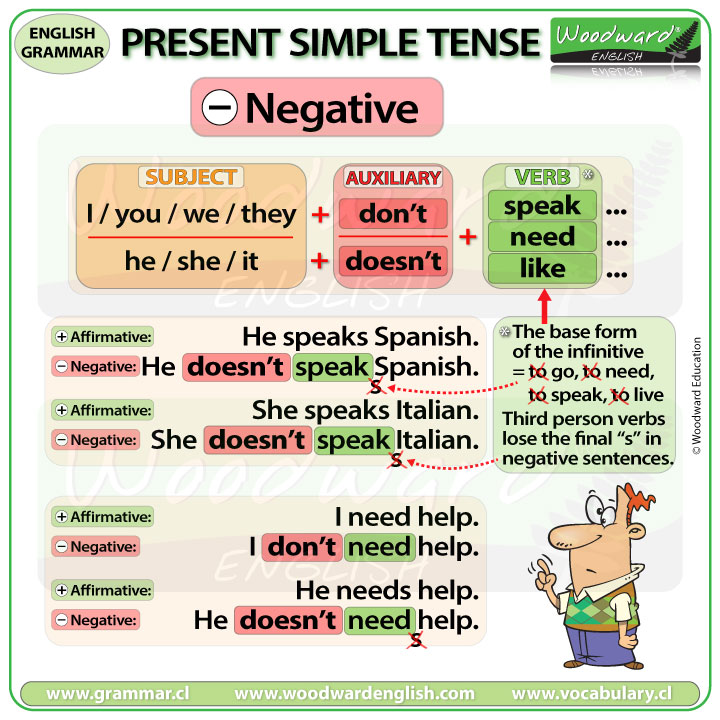



Present Simple Tense In English Woodward English
PERFECT have been I had been I have been15/3/19 To make negative sentences using be in the Present Simple, we just add ' not ' after the verb 'be' The verb 'be' takes the same form in positive and negative sentences The only difference is that we add 'not' I'm not a pupil, I'm a student They are not at home She isn't in London, she's in ParisThe verb "be" is the most important verb to learn in English ''TO BE'' is used to describe objects, features, locations, etc The verb '' TO BE ''has three forms in the present;
Present Simple Verb Tense Questions Quiz Present Simple Tense Present Simple Tense Present Simple Tense Chart Present Simple Tense Quiz The Verb "To Be" Present Simple Tense "to be" Chart Present Simple Verb To Be Quiz #1 Present Simple Verb To Be Quiz #2 There is & There are2/4/21 Simple present tense is the verb tense most often used for habitual recurring events or facts It is also used for scheduled future events, commands, and some narratives such asThis video presents the present tense of the verb "be", in its affirmative, negative and interrogative forms, as well as their contractions It may be used f
Are you a writer?In the present tense, there are are two Present Simple verb forms the verb to be or other verbs With the verb be we use am, are, and is The negative is formed by adding not to the verb is not (isn't), am not and are not (aren't) Other verbs in the Present Simple verb form inForgot my password Close Live worksheets > English > English language > Verb to be > Simple Present Tense Verb To Be Simple Present Tense Verb To Be Verb to be ID Language English School subject English language Grade/level 5




The Simple Present Tense Of The Verbs Ppt Download




Present Tense Subject Verb Agreement Worksheet
Ing forms of the verbs;Where do you live?Are Bill and Erin married?




Simple Present Tense Verb To Be Exercises Esl Worksheet By Sibelulku




Simple Present Tense Chandra Widayanti S Blog
Present Simple for general time and now The verb be is always special It is a stative verb, and we use it in the Present Simple tense to talk about now situations and about general situations Look at these examples of the verb be in the Present Simple tenseIn simple present tense, there are special forms for verbs The verb be uses am, are, and is Verbs other than be use two forms the base form and the "/ S / form" The "/ S /" form is used when the subject is (or means) he, she, or itWhere do they work?




Simple Present Tense Verb To Be Has Have English Esl Worksheets For Distance Learning And Physical Classrooms




Verbs The Simple Present Sweet Level 1 Writing
Top free images & vectors for Conjugate the verb to be in simple present tense in png, vector, file, black and white, logo, clipart, cartoon and transparentUsing the verb 'to be' in the simple present tense;SIMPLE present simple or past simple except future will be I was I am I will beI was not I am not I will not be?
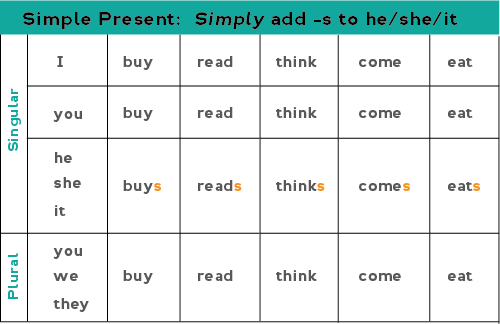



All About The Present Simple Tense




Simple Present Tense Verb To Be Mindmeister Mind Map
15/3/ Simple Present Tense Be Verbs Yes/No Questions written by admin Put "am", "is", or "are" first to make a question The be verb changes depending on the subject just like when you make a sentence Be verb subject adjective/noun?To verbs that end in s, ss, sh, ch, x, and o, add an es – Ex wash > washes, mix > mixes, go >goes;Simple present tense with 'be' The verb 'be' is different from the other verbs in this tense Let's look at 'be' first Here's the positive form (positive means a normal sentence, not a negative or a question This is sometimes called 'affirmative') Positive Positive Short Form




Simple Present Tense Exercise With Answer Onlymyenglish




Simple Present Tense In English English Study Here
You You are from Britain You are not from Britain Are you from Britain?The difference between the Present Continuous and the Present Simple tenses;Present Simple Tense in English – Easy English Lesson I speak English "I" is a subject In general, a person "Speak" is a verb In general, an action You




To Be In Present Tense English Grammar




The Simple Past Simple Present Tense Simple Past Tense Irregular Past Tense Verbs
Hi amit_ck, In these sentences there is a passive verb (is being carried out / is carried out), but in the first sentence it's in the present continuous, and in the second sentence it's in the present simpleThis difference affects the meaning The first sentence shows that the action is happening right now (ie, at the moment that the speaker says this sentence)For the other subjects in the present simple tense ( ie I, you, we, they ), no ' s ' is added to the verb, and we use do or don't for negative statements and questions Present Simple 'to be' The verb to be follows a different pattern to other types of verbsThe simple present is a verb tense with two main uses We use the simple present tense when an action is happening right now, or when it happens regularly (or unceasingly, which is why it's sometimes called present indefinite) Depending on the person, the simple present tense is formed by using the root form or by adding ‑s or ‑es to the end




The Simple Present Tense With Examples Englezz
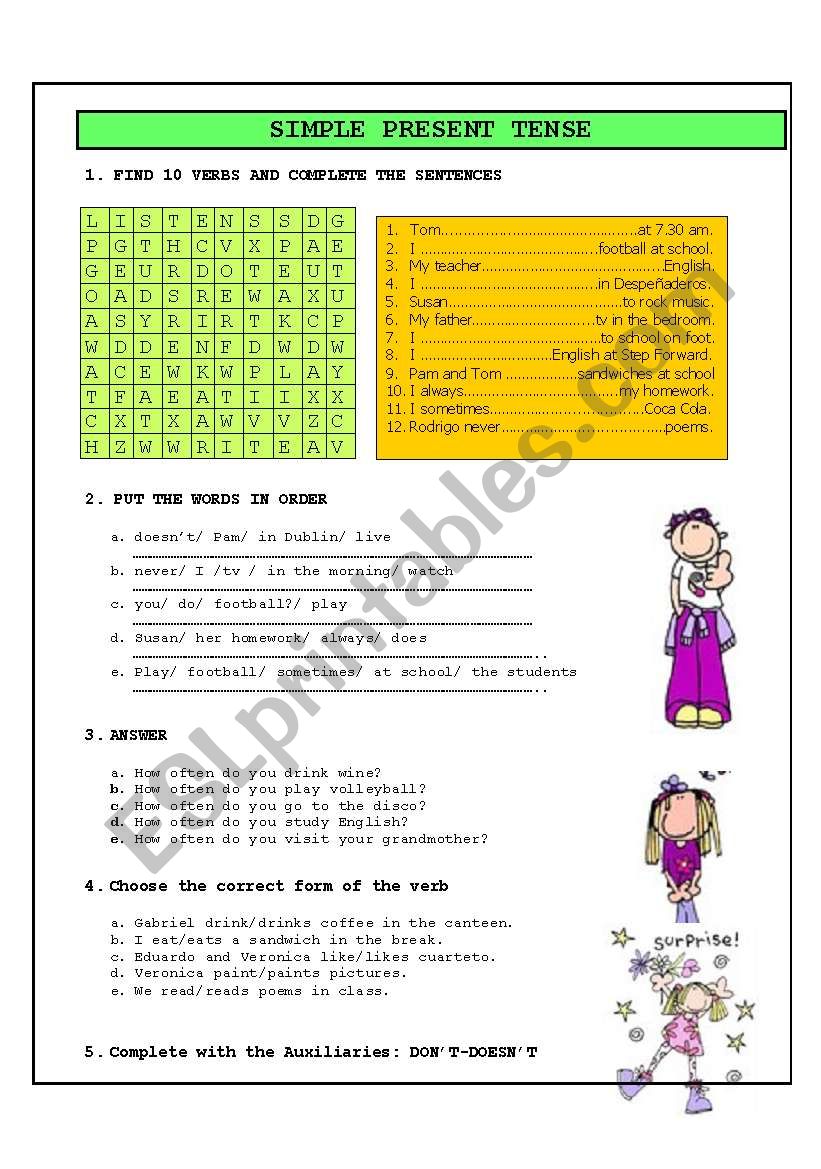



Simple Present Tense Esl Worksheet By Antoarg
BE Simple Present Tense You are here Home / Grammar / Verb Tenses / BE Simple Present TenseDoes Jack play football?17/3/ In English grammar, the simple present tense is a verb form that refers to an action or event that is ongoing or that regularly takes place in the present time For example, in the sentence He cries easily, the verb "cries" is an ongoing action that he easily does
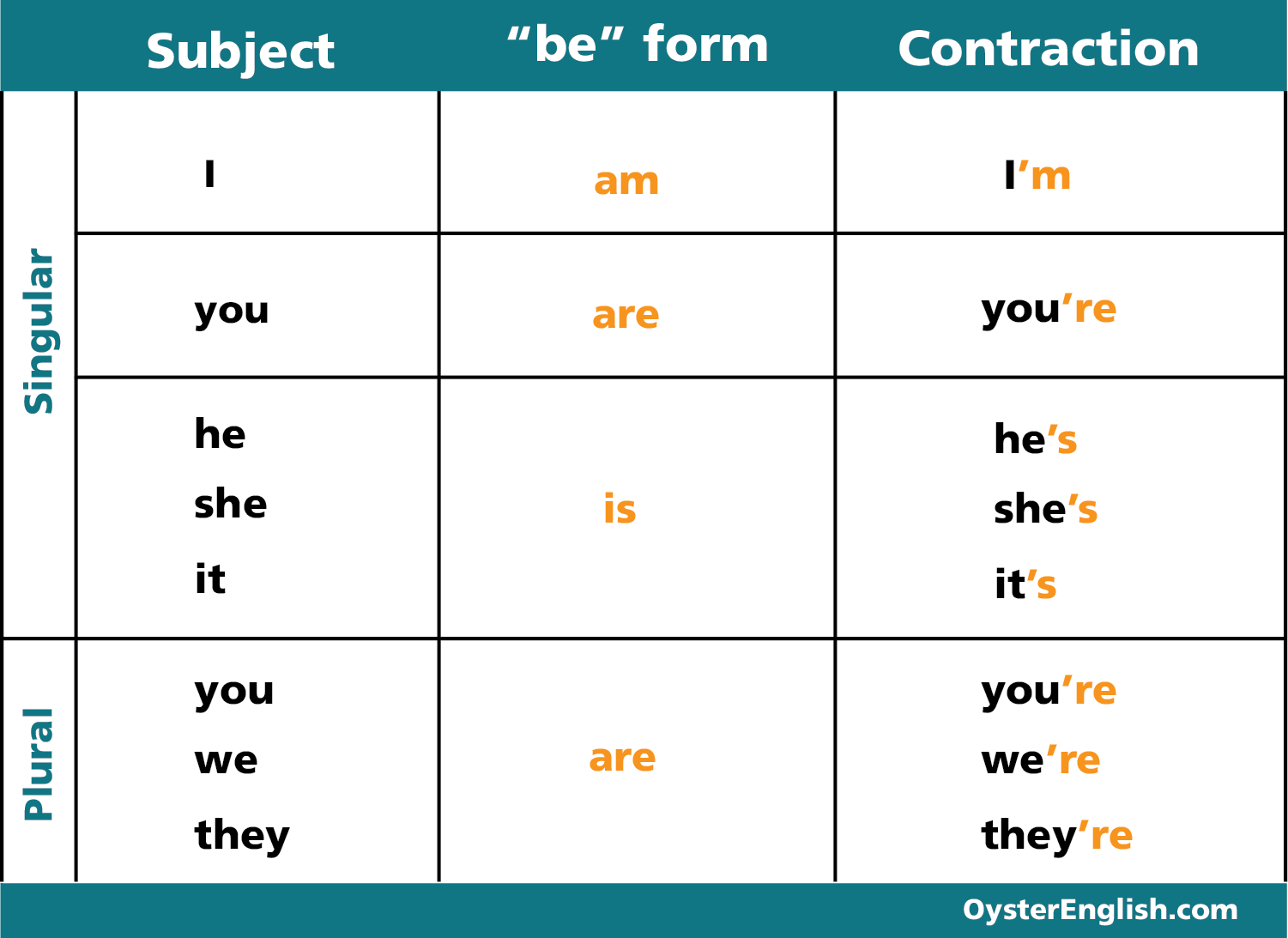



All About The Present Simple Tense




Listening Simple Present Tense Verbs Interactive Worksheet
Will I be being?27/5/11 Verb to be ( am / is / are ) the Present Simple Tense Singular Plural I am We are You are You are He is She is They are It is 4 Exercise Match the imagine with the appropriate sentence of the form of the verb to be I am a teacher You are a student 2 He is a man 1I I am from Britain I am not from Britain Am I from Britain?




Simple Present Tense Verb To Be Has Have English Esl Worksheets For Distance Learning And Physical Classrooms




El Blog Para Aprender Ingles Mastering The Verbs The Simple Present Tense Fita Course Lesson 6
In the present simple tense, the verb ' to be ' is a special verb as it is conjugated in an irregular way It has three distinct forms and can be employed as an auxiliary verb or as a main verb When it is used as an auxiliary verb, it serves to form other tenses, which areThe future tense of perfective verbs is formed in the same way as the present tense of imperfective verbs However, in South Slavic languages , there may be a greater variety of forms – Bulgarian , for example, has present, past (both "imperfect" and "aorist") and future tenses, for both perfective and imperfective verbs, as well as perfect forms made with an auxiliary (seeConjugate the English verb be indicative, past tense, participle, present perfect, gerund, conjugation models and irregular verbs Translate be in context, with examples of




Present Simple Tense In English Woodward English




Present Simple Tense In English Grammar Lesson Youtube
Present Simple Verb "Be" Start Congratulations you have completed Present Simple Verb "Be" You scored %%SCORE%% out of %%TOTAL%% Your performance has been rated as %%RATING%% Your answers are highlighted below Question 1 We _________ from Canada AThe form of the verb to be is am (contracted to 'm), is ('s) and are ('re) in the present tense and was/were in the pastTo be is used as an auxiliary verb, to form continuous tenses and the passive, and as a main verb Here we are looking at it as a main verbVerb To Be Present, Past, & FutureHello, what is your name?




Verb To Be Simple Present 28 12 08 Esl Worksheet By Manuelanunes3




Help For People ම න ස න ට උදව ක ර ම Simple Present Tense
POSITIVE ( AFFIRMATIVE ) FORM () Subject TO BE ( am / is / are )Level beginner The present tense is the base form of the verb I work in London But with the third person singular (she/he/it), we add an –sShe works in London Present simple questions Look at these questions Do you play the piano?All of these are common questions in English which use the verb to beOne of the first topics that you need to study when you learn English is the verb to be Today I will teach you how to use the verb to be in the present, past and future tense, or time




What Is Simple Present Tense Thesaurus Com



1
Simple tense is a category of verb tense used to express facts or habitual activities It covers the simple past tense, the simple present tense, and the simple future tense This page has examples of the simple tenses, explains how to form them, and has a printable and interactive exercise worksheetTo verbs end in y after a consonant (any letter that isn't a vowel), change the y to i and17/4/ Simple present tense "be verbs" are – am, is, are "Be verbs" go after the subject Use this pattern with "be verbs" Subject be verb noun/adjective The verb "to be" changes depending on the subject of the sentence Put "am" after the subject I I am tired I am sick and cold I am a doctor I am a good man




The Simple Past Tense Sweet Level 1 Writing



What Is Simple Present Tense Formula Know It Info
9/8/ To Use the Verb "To Be" in Present Simple Tense, Pair It with a Personal Pronoun If you are trying to describe a current state of being for you, someone else, or an object, you start with a personal pronoun Here are the personal pronouns in English ITo be present simple exercises Present simple pdf exercises Exercise 1 Simple Present Tense Exercise 2 Simple Present Tense Exercise 3 Simple Present Tense Exercise 4 Review of the Simple Present Tense Exercise 5 Review of the Simple Present Tense Answer Keys worksheets To be worksheetsWhere does he come from?




What Is Simple Present Tense Structure Know It Info




Chapter 1 Tenses The Simple Present Tense The
Do Rita and Angela live in Manchester?Main content Present simple Other contents Verbs in the Present Simple Tense Add to my workbooks (49) Download file pdf Embed in my website or blog Add to Google Classroom Add to Microsoft Teams Share through Whatsapp6/3/19 'Be' as an auxiliary verb The verb 'be' can be used as the main or as an auxiliary verb As an auxiliary verb, the verb 'be' can be used to form 1) continuous tense I am reading a book They are talking too loudly 2) passive voice The rooms are cleaned every day The car is




Simple Present Tense Ppt Download



1
The simple present (also called present simple or present indefinite) is a verb tense which is used to show repetition, habit or generalization Less commonly, the simple present can be used to talk about scheduled actions in the near future and, in some cases, actions happening now6/5/ Now, to understand how to formulate the verb "to be"in past simple yourself, look at the table below The rules are as follows I, he, she, it – was You, we, they – were For first person singular and third person singular, use the word was InTo be contracted forms To be present simple 1 To be present simple 2 To be am / is / are Present simple with to be 1 Present simple with to be 2 Present simple with to be 3 Present simple flash game #




Simple Verb Tenses Simple Tenses 1 Simple Present




Unit 1 Tenses In English The Simple Present Tense Example Uses I Live In An Apartment He Lives Here They Are Americans She Is A Student Statements Ppt Download
Where are you from?Present simple – verb 'to be' We can use the present simple of the verb to be to talk about situations and states in the present I am ten years old They are Egyptian My mum is a doctor How to use it Use am for IUse is for he, she and itUse are for you, we and theyWe can contract the verb, especially when we're speakingTO BE in the Past Tense and Present Tense in EnglishAll examples are in affirmative sentences (no negatives or questions) as this is a first introduction to




Verb Tenses Present Tense Exercise 30 Simple Present Perfect Tense Read Theory Workbooks




Verb Open Inflected In The Present Tense Download Table
CONTINUOUS be being I was being I am being I will be beingI was not being I am not being I will not be being?Use of the simple present of to be The principal use of the simple present is to refer to an action or event that takes place habitually, but with the verb "to be" the simple present tense also refers to a present or general state, whether temporary, permanent or habitual I am happy She is helpfulResults for 'simple present tense verbs' Actions (Verbs) Find the match by Teacherericam ESOL Simple present tense The verb 'to be' Quiz by Teacherericam ESOL English as a Second Language Simple present tense Present Simple Negative Group sort by Integratedskills1a




Present Simple Tense In English Woodward English



Simple Present Verb Tense That English Site
How old are you?Am, is and are;Spelling Tip In the present simple 3rd person singular (he, she, it), add s, es, or ies to the base form of the verb To regular verbs just add an s – Ex travel >travels, give > gives, play >plays;




Simple Present Tense Form Materials For Learning English




Simple Present Tense English Esl Worksheets For Distance Learning And Physical Classrooms
There are different simple present tense forms for be and for other verbs BE (affirmative) I am you are he is she is it is we are you are Other Verbs (affirmative) I base form you base form he / S / form she / S / form it / S / form we base form they base form _______________________________________________ The simple present tense is when you use a verb to tell about things that happen continually in the present, like every day, every week, or every month We use the simple present tense for anything3/3/22 Try our interactive game to practice To Be in the Present Tense and To Be Adjective NEW Download our free To Be in Present Tense Worksheet (in PDF) You can check the answers to this worksheet here To Be in Present Tense Answers If you found this grammar guide about To Be in the English Present Tense useful, let others know about it




What Is Simple Present Tense Of The Verb Know It Info




Grade 7 Tense Simple Present Worksheet
The present tense is a grammatical tense used for verbs that describe an action happening right now It is considered easy to use and exists in all languages The present tense is broken down into four different categories present simple, present continuous, present continuous and present perfect continuous




50 Simple Present Tense Example Sentences English Vocabs




Simple Present Tense English Verb Tenses




Present Simple Tense Simple Present Definition Rules And Useful Examples 7esl




Simple Present Tense To Simple Past Tense Regular Verbs English Esl Worksheets For Distance Learning And Physical Classrooms




60 Simple Present Tense Example Sentences English Vocabs




Simple Present Tense




Present Simple Vs Present Progressive Tense Difference English Grammar Rules




The Verb To Be Present Tense Poster Teacher Made



Simple Present Of Be Positive And Negative Statements English Study Here




Verb To Be Simple Present




Actions Verbs With The Simple Present Tense Youtube



1




90 Sentences Of Simple Present Tense Example Sentences English Study Page




Simple Present Tense Verb To Be Has Have English Esl Worksheets For Distance Learning And Physical Classrooms




Verb Tenses Present Tense Exercise 9 Simple Present Tense Read Theory Workbooks




19 Simple Present Tense Examples Lessons For English




Irregular Verb Chart Simple Present Tense Simple Past Tense Past




Present Tense Verb Practice 3rd Persons Worksheet




Present Simple Verb Tense Present Simple English Verb




Present Simple Tense Simple Present Tense Present Simple Examples




Present Simple Tense Bartleby Writing Guide




Language 9 No Clase10 Simplepresent Lessons Blendspace




Examples Of Simple Present Tense Sentences Onlymyenglish




Present Tense Blog En Learniv Com




Verb Tenses Present Tense Exercise 4 Simple Present Tense Read Theory Workbooks




Simple Present Tense Present Progressive




Review Notes Ch1 8 Mk Chapter 1 The Simple Present Tense Be And Other Verbs Forms Of Be Put Not After Be Verb If Want Negative Subjectsbe Ppt Download



Simple Present Tense With To Be English Study Page




Simple Present Tense English Folder




Present Simple Tense Verbs The Nature Of Writing




Pin On English




Sentences In Simple Present Tense English Grammar Here




Present Simple Tense English Grammar Tenses English Tivi




List Simple Present




Simple Present Verb Conjugation Exercises




Free Grammar Review Sheet Using The Verb To Be




Verb Tenses Present Tense Exercise 31 Simple Present Perfect Tense Read Theory Workbooks




Simple Present Tense Reading 1



1




Simple Present Tense Definition And Useful Examples Esl Grammar




What Is Simple Present Tense Know It Info




Use Simple Present Tense Of Verbs In Sentences Melc Based Youtube




Forming The Present Simple Tense In English Youtube




Verb To Be Personal Pronouns Wh Questions Simple Present Tense Esl Worksheet By Sibelulku




Simple Present Tense Ppt Download
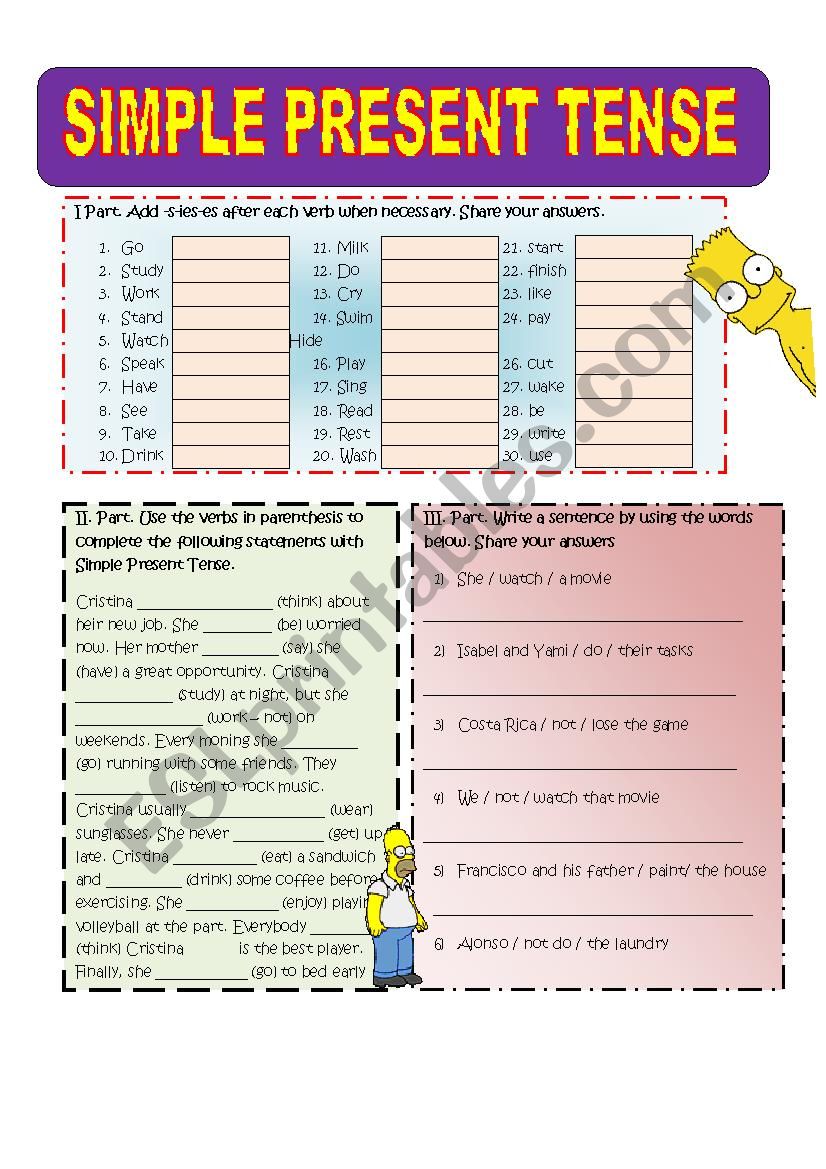



Simple Present Tense Practice Esl Worksheet By Isabel Orozco




Grammar Tenses Tenses Simple Present Tense In Detail Simplemadesimple Simplemadesimple Com Tenses Simple Present Tense In Detail Climb To Clarity




Tense Comparison Simple Verb Simple Present Present Continuous Simple Past Worksheet




Simple Present Tense By Idil Akgun Ppt Download




All About The Present Simple Tense
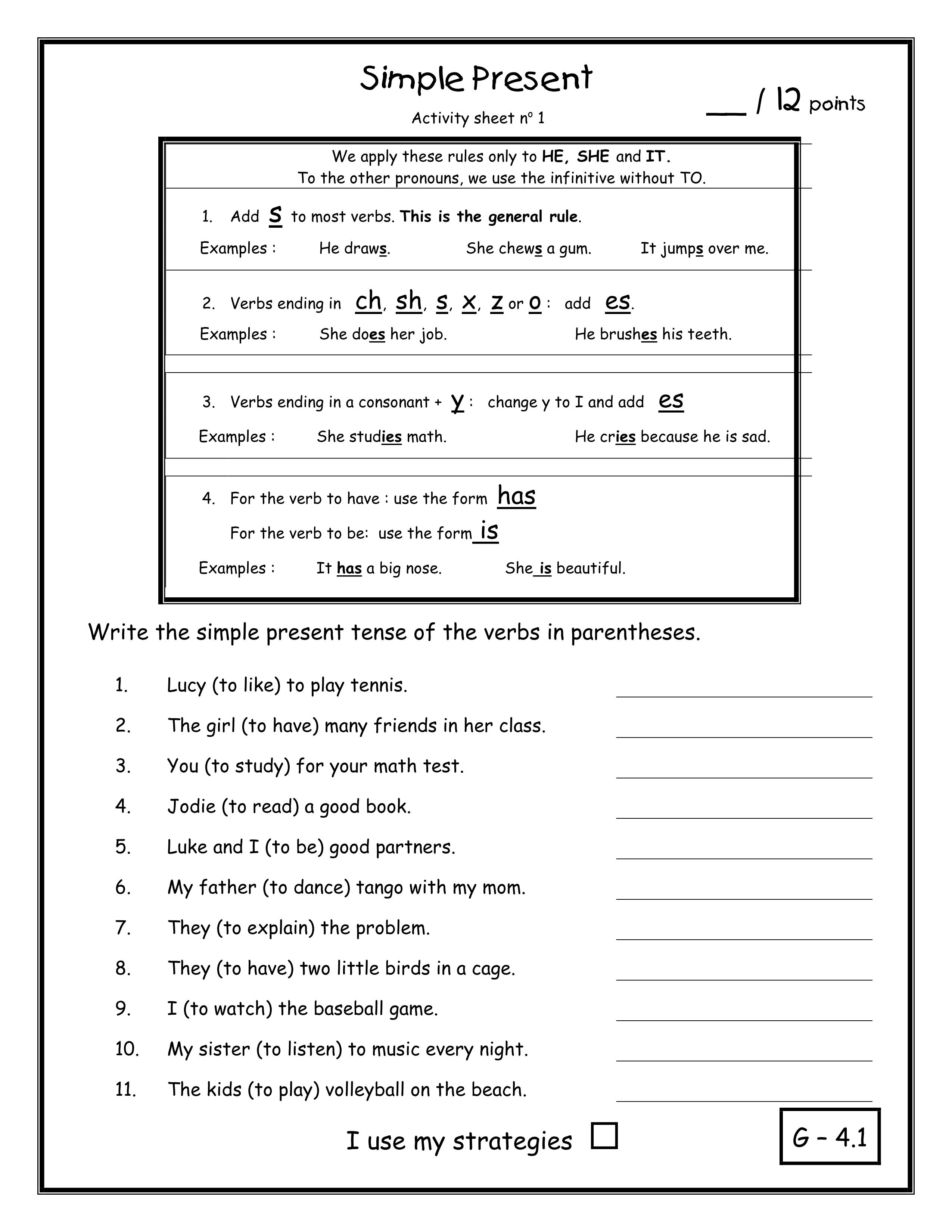



Simple Present Present Tense Miss English
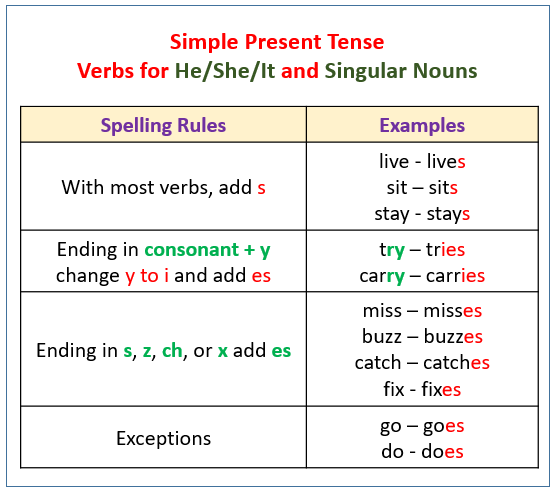



Verbs Present Tense Video Lessons Examples Explanations




Simple Present Tense




Pin On Tenses




Structure Of Simple Present Tense English Study Page



English Worksheets Present Tense Worksheets Page 29




Simple Present Tense The Affirmative Part 3 Worksheet




Simple Present Tense English Folder




Present Simple Verbs Worksheet Grammar Activity
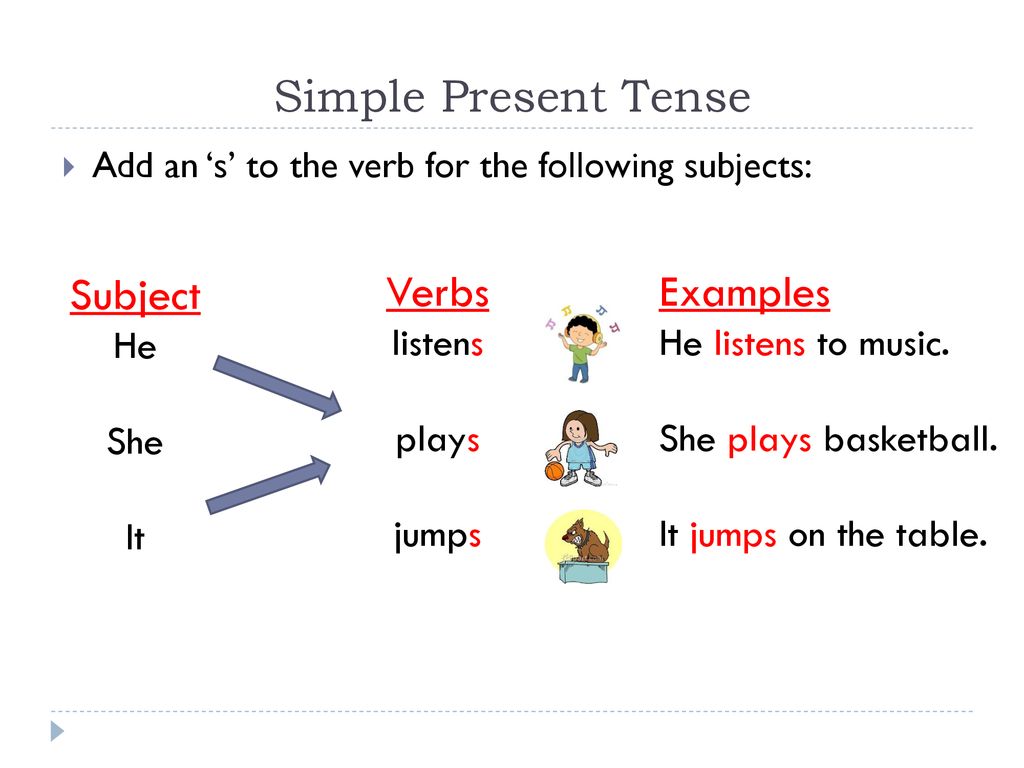



Simple Present Tense Ppt Download




Simple Present Tense Esl Worksheet By Elam




Some Facts About Do Have Go In The Simple Present Tense Worksheet




The Learners Nook




Simple Present Tense And Simple Past Tense By Delio Useche Issuu



コメント
コメントを投稿